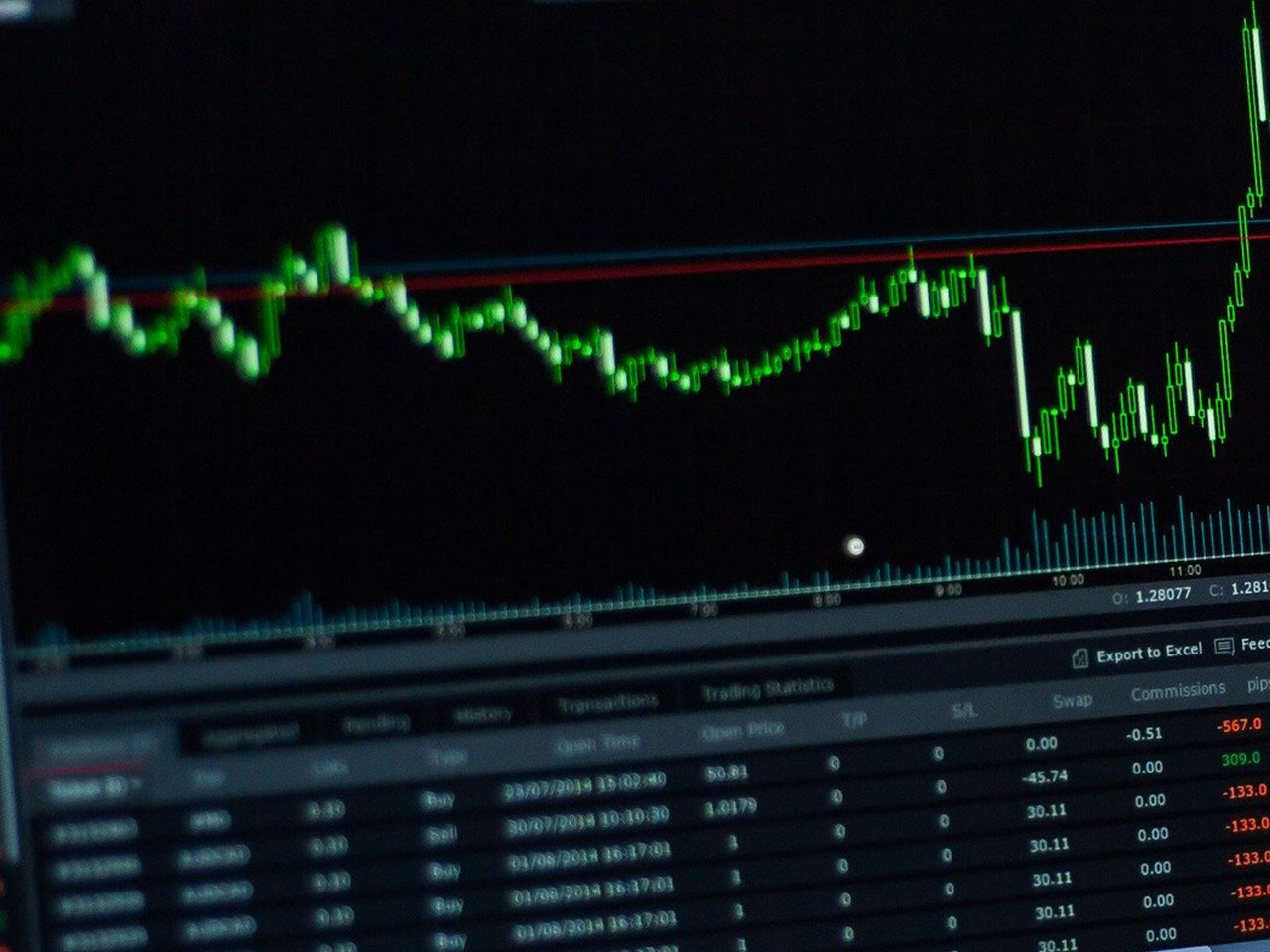Kingfisher PLC (KGF.L), a stalwart in the home improvement retail sector, presents a multifaceted picture for investors as it navigates the ever-evolving consumer cyclical industry. Headquartered in London and operating across several European countries, including the UK, Ireland, France, and Poland, Kingfisher is the force behind well-known brands such as B&Q, Screwfix, and Castorama. While its vast footprint and product diversity offer certain advantages, recent financial data underscores both challenges and potential opportunities for investors.
Kingfisher’s current market capitalisation stands at roughly $5.02 billion, with a recent stock price of 276.2 GBp, reflecting a marginal decrease of 0.02%. The stock’s 52-week range—spanning from 228.20 GBp to 331.80 GBp—illustrates a notable volatility, which is not uncommon in the consumer cyclical sector, particularly in a post-pandemic world where consumer habits continue to shift.
A closer examination of Kingfisher’s valuation metrics reveals a rather perplexing picture. The company posts a forward P/E ratio of 1,119.03, an unusual figure that warrants cautious interpretation. This metric suggests either high expectations for future earnings or potential overvaluation by the market, a scenario that demands careful analysis by prospective investors. Moreover, other valuation metrics like the PEG ratio, Price/Book, and Price/Sales are notably absent, adding complexity to the investment thesis.
From a performance standpoint, Kingfisher has experienced a slight downturn, with revenue growth at -1.20%. Nevertheless, the company generates a substantial free cash flow of £683 million, a positive indicator of its operational efficiency and potential to weather economic uncertainties. The return on equity stands at 2.86%, marking a relatively modest return compared to industry peers.
Dividend-seeking investors might find Kingfisher’s dividend yield of 4.26% appealing, although the payout ratio of 125.25% raises questions about sustainability. A payout ratio exceeding 100% indicates the company is distributing more in dividends than it earns, a practice that is usually unsustainable in the long term unless offset by strong future earnings growth.
Analyst sentiment towards Kingfisher is cautiously optimistic, with a split between buy, hold, and sell ratings. The average target price is set at 293.36 GBp, suggesting a potential upside of 6.21% from current levels. However, the wide target price range from 235.00 GBp to 387.00 GBp underscores the uncertainty and varying expectations surrounding the company’s future performance.
Technical indicators provide further insights into Kingfisher’s stock trajectory. The 50-day moving average of 287.56 GBp exceeds the current price, hinting at recent downward pressure, whereas the 200-day moving average of 272.05 GBp suggests a longer-term stability. An RSI of 50.80 indicates a relatively balanced market sentiment, while the MACD and signal line figures point towards potential bullish momentum, albeit with caution.
For investors interested in the home improvement sector, Kingfisher represents a complex yet intriguing opportunity. The company’s extensive geographic reach and diverse brand portfolio offer resilience, yet the financial metrics highlight areas that require careful monitoring. As Kingfisher navigates the intricacies of consumer demand and market dynamics, investors must weigh the potential for growth against existing challenges to make informed decisions.










































